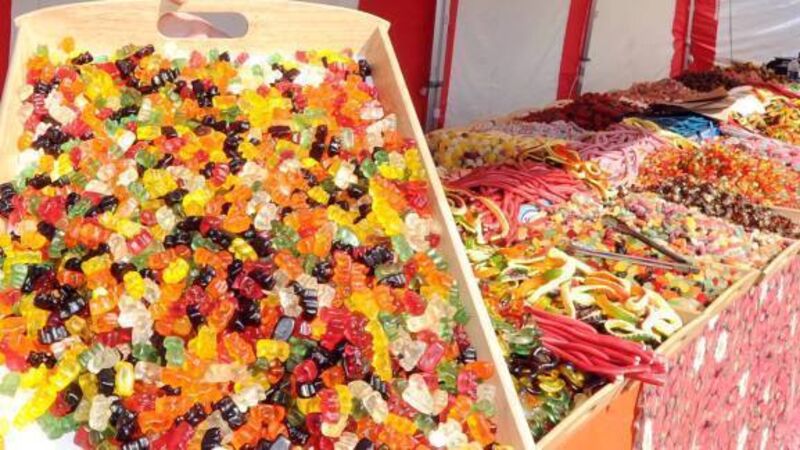We are designing our lives to make it easier to get fat

Brian Wansink, a US expert on changing people’s eating habits, believes people can learn to eat less without thinking about it.
The professor, a guest speaker at the Nutrition and Health Foundation’s annual seminar in Dublin yesterday, believes people become fat by design.
“As we’ve gotten older, wiser and lazier, we’ve gradually arranged our homes to make our favourite tasty foods easier to find and eat,” he said.
He has also found that restaurants have made it easier to order larger portions while supermarkets have made it easier to buy greater quantities
Prof Wansink studied the way fat and thin people eat at a Chinese buffet and found striking differences.
Thin diners are three times more likely to sit away from the buffet, are more likely to use chopsticks rather than a fork, and also more likely to use a small plate.
They are also more likely to sit in a booth and more likely to have a napkin on their laps.
Overweight diners are more likely to sit closer to the buffet, tend to face the buffet and are more likely to use a fork and a large plate.
Prof Wansink people should eat slower. “The slower you eat, the less you will consume and the more you’ll enjoy your food, so choose fine dining over fast-food restaurants and take your time,” he said.
People should chew gum when buying groceries to distract the imagination from the food they see.
“Divide your trolley or basket in half — fruits and vegetables in the front and all other food in the back,” he said. “This can lead you to buy 23% more fruit and vegetables.”
People at work should make sure their desk is tidy and junk-food free. People who had snacks in or on their desk tended to weigh more than those who did not.
At home, kitchen counters should be free of any food, bar a bowl of fruit. Also fairly small plates should be used — around 11cm to 25cm.
“A high colour contrast between the food and plate will make you more aware of your serving size,” said Prof Wansink.
He also believes that people should weigh themselves every day.
“But if you weigh yourself only once a week, do it on a Wednesday because that will give you the most accurate reading,” he said.
Prof Wansink said schools could encourage children to eat more healthy foods by displaying fruit in baskets and near the cash register
Milk should be displayed in front of sugary drinks and vegetables should be given ‘fun’ names. All snack foods should be moved behind the counter so they are available by request only.












